Impulse lines transmit pressure signals from the main process line to pressure measurement instruments. The impulse lines are often installed in a slopping manner and in this article, we will learn the reason for the common practice of installing the impulse lines at an angle.
Sloping Impulse Lines
The sloping impulse lines have many uses in industrial measurement applications. Some of them are mentioned below.
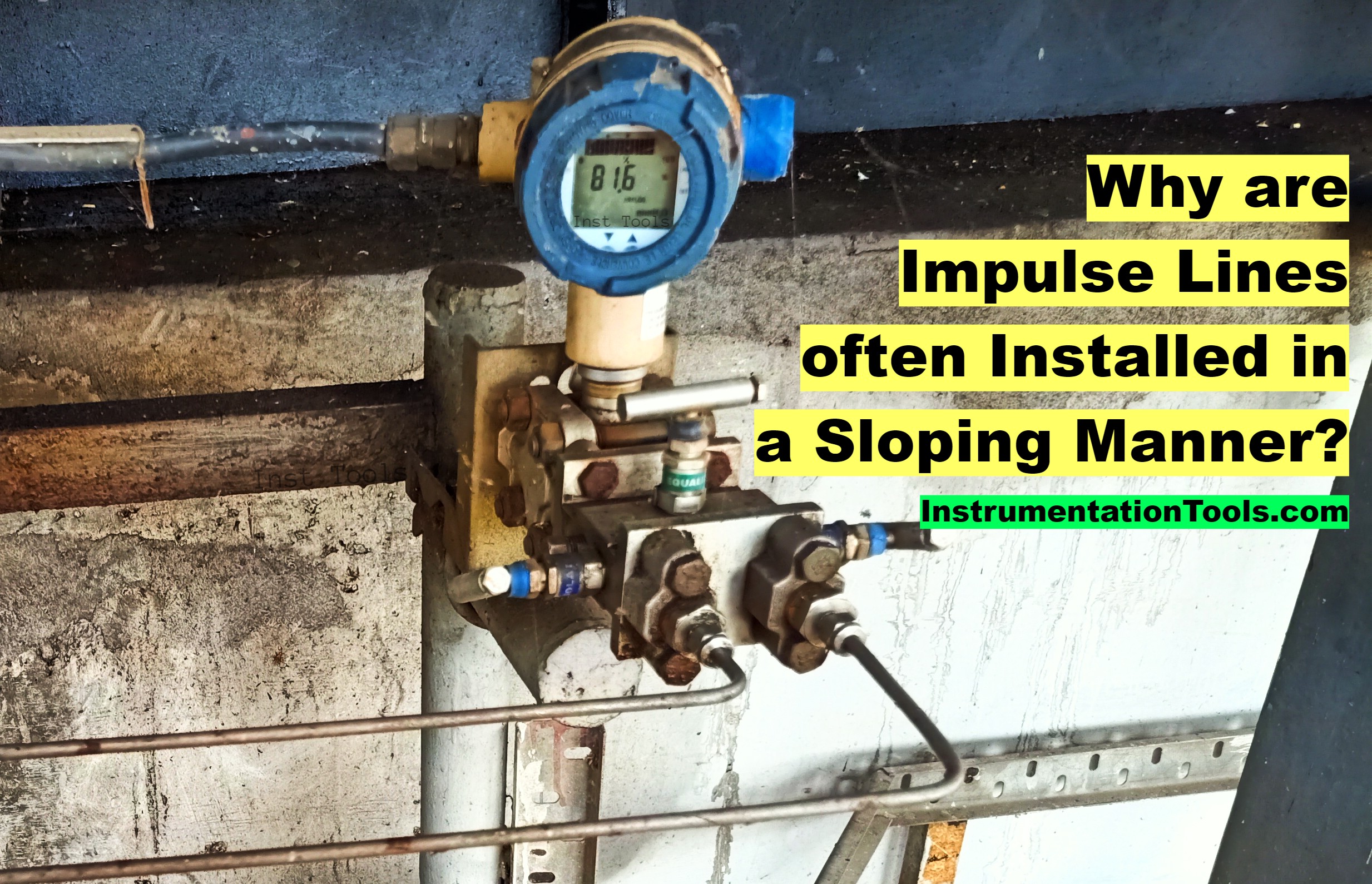
Liquid Drainage
In gas or steam applications, condensation can occur within the impulse lines. A proper impulse line slope ensures that the condensed liquids can easily drain, avoiding any accumulation that may lead to erroneous readings.
Gas Venting
In liquid applications, trapped air or other gases can distort the pressure signal. An impulse line slope in the opposite direction allows these gases to vent towards the instrument side, maintaining accurate pressure transmission.
Avoiding Blockages
A sloping design ensures that particulates or substances that may solidify don’t settle and clog the impulse lines. This maintains the integrity of the pressure signal and avoids maintenance challenges.
Temperature Considerations
The slope assists in handling temperature-induced effects, ensuring that phase changes do not interfere with pressure readings.
Avoiding the Water Hammer Effect
Impulse pipe sloping design can help avoid the sudden transport of liquid through the impulse line, leading to pressure surges known as the water hammer effect, which can be damaging to instruments.
Maintaining Accuracy
The sloping installation helps mitigate various effects that can cause inaccuracies in pressure readings, ensuring more reliable and accurate measurements.
Ease of Maintenance
The slope facilitates easier purging and cleaning of the lines, essential for maintaining the measurement system.
Important Notes on Impulse Lines
The direction of the slope depends on the type of fluid. For gases or steam, the slope is generally towards the process, while for liquids, it is towards the instrument.
The angle of the slope must be carefully chosen based on fluid properties and potential issues like condensation, solidification, or trapped gases.
Proper installation practices must be followed to ensure that the slope is maintained throughout the impulse line.
Advantages
- The sloping installation enhances the accuracy of pressure readings by mitigating potential errors caused by trapped fluids or solidified substances.
- The design facilitates easier cleaning and maintenance, contributing to a more efficient and reliable system.
- The design must consider factors such as the nature of the process fluid, temperature variations, pressure ratings, and the specific requirements of the application.
Conclusion
The practice of installing impulse lines in a sloping manner is rooted in sound engineering principles. It’s an essential aspect of design that takes into account fluid behavior, temperature effects, system reliability, and ease of maintenance.
Whether for liquid, gas, or steam applications, the slope in impulse lines ensures that pressure signals are transmitted accurately, efficiently, and without disruption. This seemingly simple design choice embodies the complexity and precision of modern process engineering, showcasing the intricate interplay of physics, materials science, and industrial design.
If you liked this article, then please subscribe to our YouTube Channel for Instrumentation, Electrical, PLC, SCADA, and Industrial Automation video tutorials.
You can also follow us on Facebook and Twitter to receive daily updates.
- Impulse Piping for Field Instruments
- Pressure Transmitters Purge Lines
- Impulse Tubing Leak Test Checks
- Transmitter Heat-traced impulse line
- DP Transmitter Wet Leg Questions
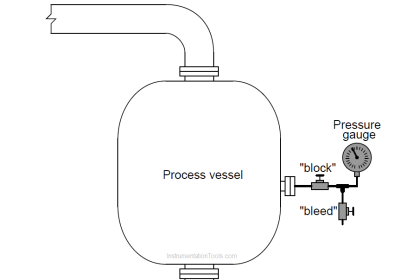
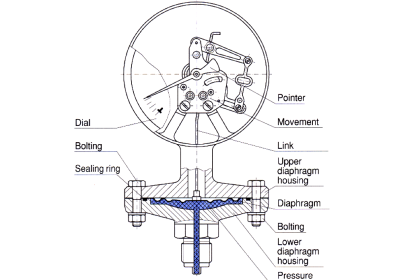
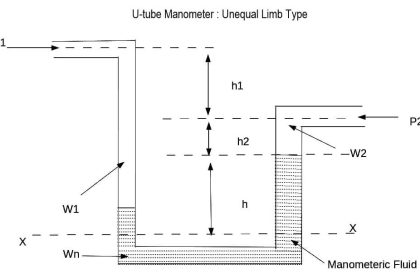
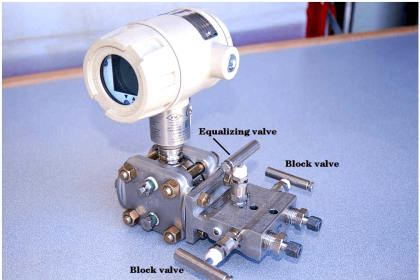
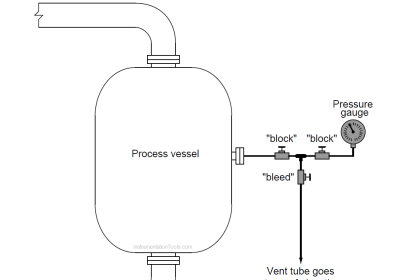
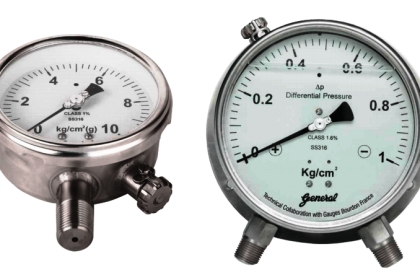
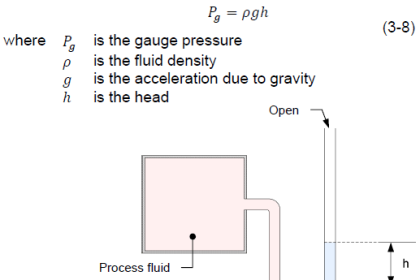
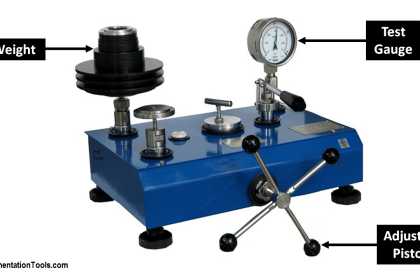
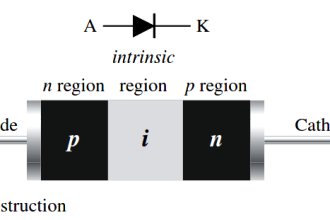

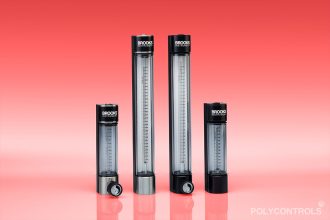

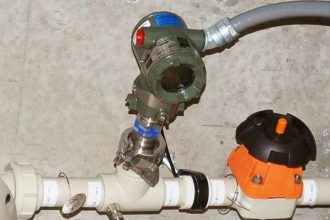
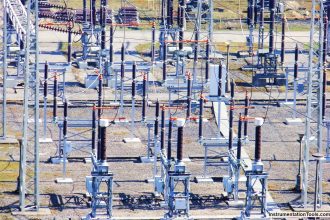
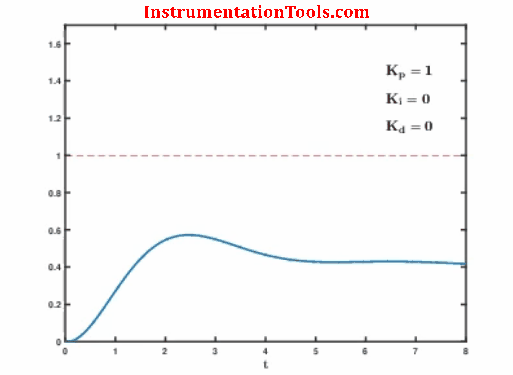
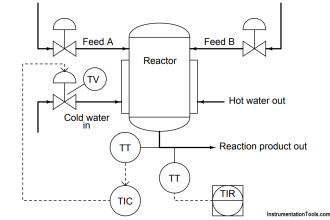

Thank you, it was so helpful. Please put some picture to illuminate “gas, liquid, …” types of installation.